Lessons for a crisis communicator from an industrial catastrophe to a full scale social crisis
Download as pptx, pdf0 likes20 views
The document analyzes the communication strategies and media coverage of the Hungarian red sludge catastrophe in 2010, which resulted in significant social and health impacts. It examines the roles of various stakeholders, particularly the government and the company involved, and how their narratives influenced public perception and crisis resolution over time. The findings suggest that the crisis has evolved into a prolonged social issue rather than following traditional crisis models, and highlights ongoing concerns about climate change and societal resilience.
1 of 35
Download to read offline
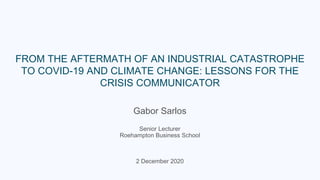
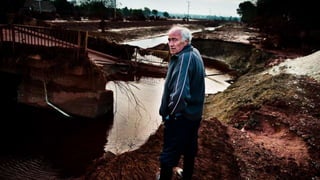

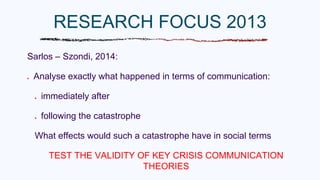
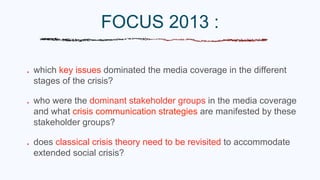

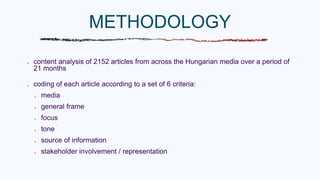

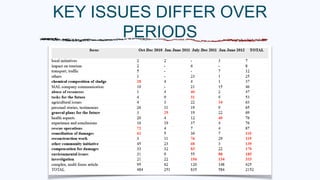
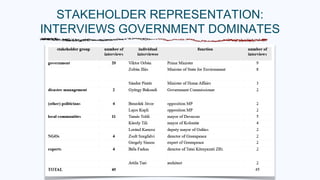

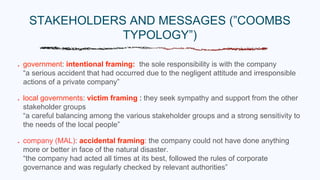
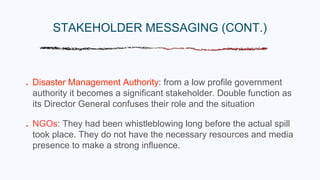
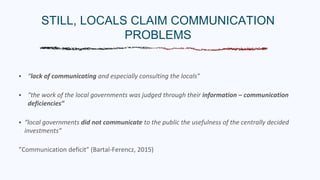


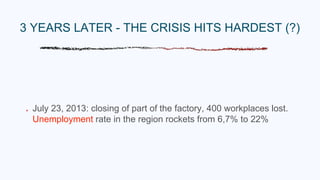
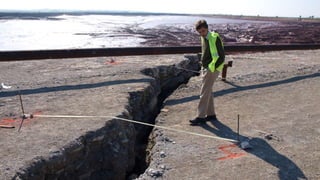
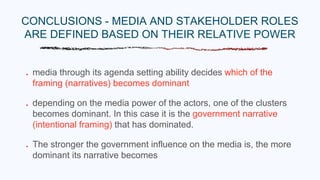
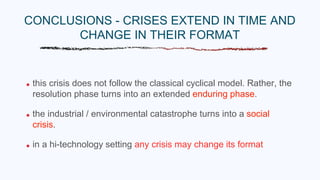

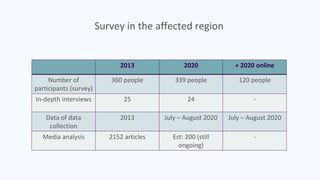
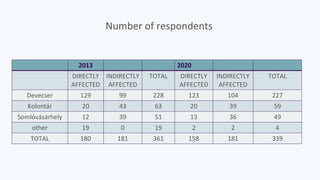
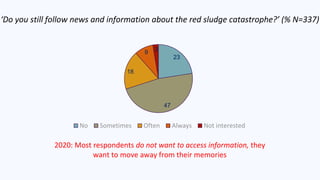
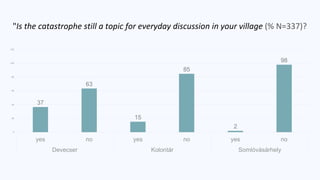

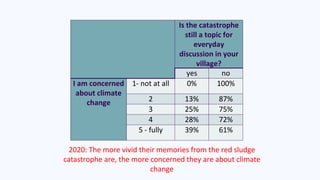
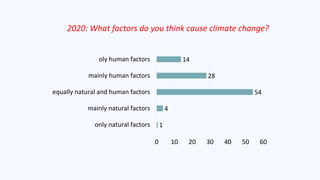

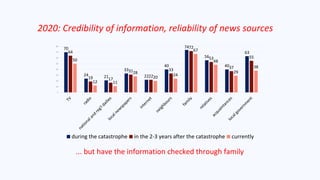

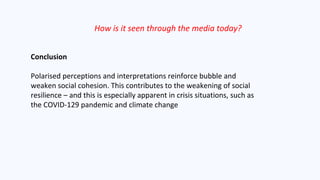

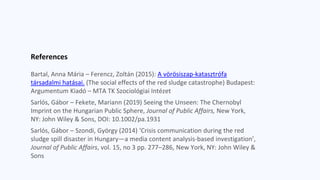

More Related Content
Similar to Lessons for a crisis communicator from an industrial catastrophe to a full scale social crisis (20)
PDF
Changes in the Approach of Polish JournalistsŌĆÖ Use of Social Media Caused by ...Dariusz Tworzyd┼éo╠²
PDF
What to Expect When the Unexpected Happens: Social Media Communications Acros...Carlos Castillo (ChaTo)╠²
Changes in the Approach of Polish JournalistsŌĆÖ Use of Social Media Caused by ...Dariusz Tworzyd┼éo
╠²
What to Expect When the Unexpected Happens: Social Media Communications Acros...Carlos Castillo (ChaTo)
╠²
More from Gabor Sarlos (6)
Ad
Recently uploaded (20)
PPTX
Legacy and Impact Through inclusive Design, Sophie Shuttleworth - Principal S...Association for Project Management ╠²
PPTX
APM 2025 Tayyab Jamil ║▌║▌▀Ż Deck_Rethinking Technology Projects For Sustaina...Association for Project Management ╠²
PDF
sanju research paper.pdfMultidrug Resistant Bacteria In Air Samples From Indo...St. Xavier's college, maitighar,Kathmandu╠²
Legacy and Impact Through inclusive Design, Sophie Shuttleworth - Principal S...Association for Project Management
╠²
APM 2025 Tayyab Jamil ║▌║▌▀Ż Deck_Rethinking Technology Projects For Sustaina...Association for Project Management
╠²
sanju research paper.pdfMultidrug Resistant Bacteria In Air Samples From Indo...St. Xavier's college, maitighar,Kathmandu
╠²
Ad
